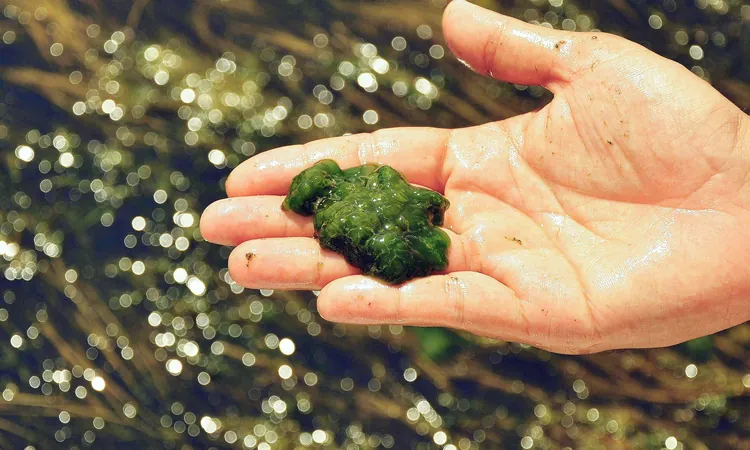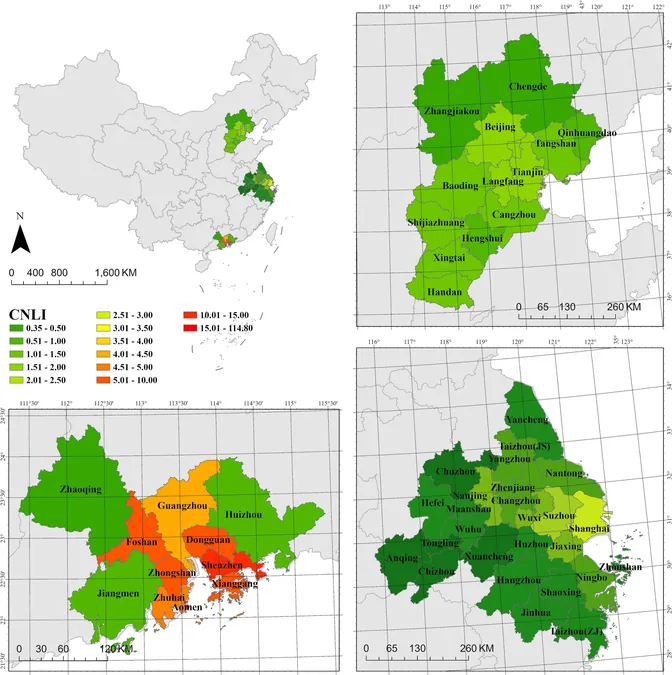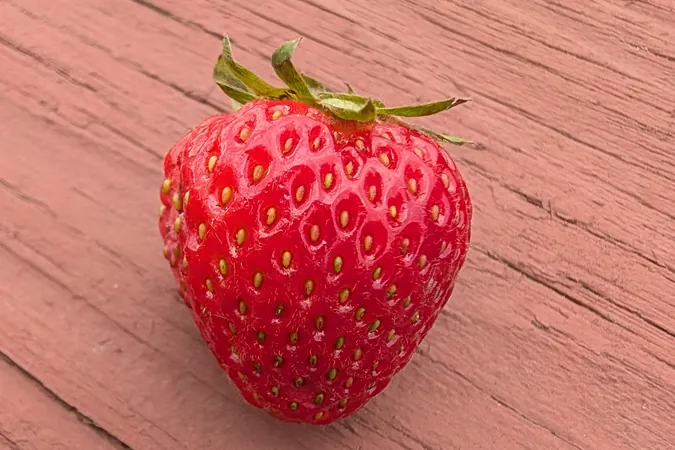
Unveiling the Hidden Giant: Dormant Virus in Algae Could Transform Gene Editing
2025-08-16
Author: Jacob
A Groundbreaking Discovery in the Microbial World
In a shocking revelation from a lab at Virginia Tech, scientists have uncovered a giant dormant virus hiding within a seemingly ordinary green alga, Chlamydomonas reinhardtii, which has been growing in flasks for years. This viral giant, named punuivirus, has rewritten the understanding of the size and behavior of viruses within single-celled organisms.
Why Punuvirus Could Be a Game Changer
The implications of this discovery stretch far beyond academia. Unlike many viruses, punuivirus embeds itself in the DNA of its host, going into a prolonged sleep mode before reactivating to produce new virus particles—without decimating its host in the process. This stealthy approach is rare and could serve as a pivotal model for how viruses interact with their hosts.
Shattering Previous Understanding of Viral Behavior
Scientists have established that latent viral infections are common in bacteria, animals, and humans, but only a handful have been identified in algae until now. This breakthrough confirms that the strategies of viral dormancy extend into the realm of giant viruses, some of which boast larger genomes than certain bacteria, blurring the lines between virus and cell.
The Role of Punuivirus in Ecosystems
Punuivirus could quietly transport viral genes through ecosystems, potentially influencing genetic diversity and evolution among algae and their environment. Understanding the mechanisms that allow this virus to remain dormant could provide critical insights into virus-host relationships and long-term coexistence.
A Peek into Viral Anatomy
With a genome that spans 617,000 base pairs, punuivirus is among the largest double-stranded DNA viruses ever explored. It possesses an integrase—a molecular tool that facilitates the insertion of viral DNA into host chromosomes—alongside a unique collection of mobile genes reminiscent of CRISPR technologies. This complexity indicates that once activated, punuivirus can largely operate independently while relying on the host for essential materials.
Revolutionizing Gene Editing Techniques
The potential applications of punuivirus in biotechnology are immense. Its ability to insert and later excise substantial DNA segments cleanly positions it as a groundbreaking tool for gene editing. With its integrase and advanced nucleases, punuivirus could enable more precise genetic modifications in plants and algae, possibly overcoming limitations seen in current CRISPR methodologies.
Future Directions for Research
Researchers are eager to uncover the specific triggers that awaken punuivirus from its dormant state. By tracking the genetic expressions and proteins during its activation, scientists hope to learn to control when and how these therapeutic genes are expressed—offering a new avenue for tailored gene therapy.
The Exciting Journey Ahead in Microbial Exploration
As the team continues to investigate, ecologists are on the lookout for other dormant giants in lakes and oceans, anticipating that many more such viruses exist. This could fundamentally shift understanding of microbial evolution and environmental processes. The incredible revelation of punuivirus serves as a testament to the hidden wonders waiting to be discovered within even the most common organisms. Brace yourselves; the world of all things microscopic is poised for a grand transformation!









 Brasil (PT)
Brasil (PT)
 Canada (EN)
Canada (EN)
 Chile (ES)
Chile (ES)
 Česko (CS)
Česko (CS)
 대한민국 (KO)
대한민국 (KO)
 España (ES)
España (ES)
 France (FR)
France (FR)
 Hong Kong (EN)
Hong Kong (EN)
 Italia (IT)
Italia (IT)
 日本 (JA)
日本 (JA)
 Magyarország (HU)
Magyarország (HU)
 Norge (NO)
Norge (NO)
 Polska (PL)
Polska (PL)
 Schweiz (DE)
Schweiz (DE)
 Singapore (EN)
Singapore (EN)
 Sverige (SV)
Sverige (SV)
 Suomi (FI)
Suomi (FI)
 Türkiye (TR)
Türkiye (TR)
 الإمارات العربية المتحدة (AR)
الإمارات العربية المتحدة (AR)